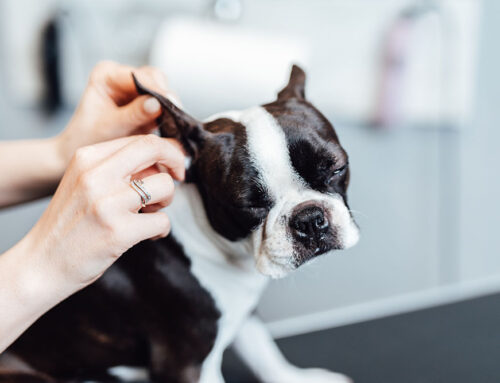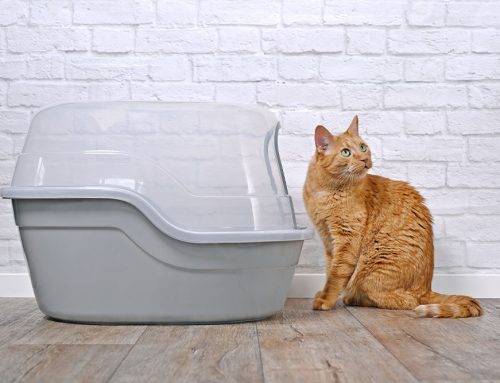Pets contribute so much to our quality of life (QOL), and we can give them the same gift as they enter their golden years. One important responsibility of pet ownership is protecting your pet from pain and suffering, which can be achieved through regular assessments of your senior pet’s QOL. Facing the reality of life’s finite nature—including your pet’s—is understandably challenging, but the only way to ensure your pet lives out their life in comfort and peace. Our team at LaGrange Veterinary Hospital is here for you and your senior pet, and we share tips for QOL assessments.
What does quality of life mean for your pet?
The QOL term is used to describe a pet’s overall wellbeing and encompasses a variety of physical, mental, and behavioral factors that can help determine if your pet is declining or experiencing pain and suffering. Your pet can’t tell you how they feel, but they can indicate that their life quality is diminishing.
What conditions can affect your pet’s quality of life?
Senior pets often develop medical conditions that progress over time. Many of these conditions can be treated or managed, yet still affect your pet’s QOL. Common conditions in older pets include:
- Cancer — Cancer is the leading cause of death for senior pets, and your pet’s cancer risk increases with age.
- Cognitive dysfunction — Like people, a pet’s cognitive function often declines with age and can lead to memory loss, confusion, and increased anxiety.
- Arthritis — Arthritis, which is cartilage deterioration inside a joint, is common in senior pets, who frequently experience severe pain and decreased mobility.
- Degenerative kidney disease — Pets with degenerative kidney disease, which leads to irreversible kidney damage because biological waste is no longer filtered from the blood, experience lethargy, nausea, decreased appetite, and weight loss.
Since senior pets are at higher risk for serious health conditions, we recommend they be evaluated by our veterinary team at least every six months, so we can catch potential health issues in the early stages when they are easier to treat and manage.

How can you measure your pet’s quality of life?
Measuring your pet’s QOL can be daunting and emotional, but you can use a quality of life scale at home to more easily and objectively assess and track your pet’s QOL. A QOL scale measures seven categories that are essential for a happy, healthy pet. The categories include:
- Hunger — A pet’s ability and desire to eat are good health indicators. If you cannot coerce your pet to eat through a diet change or hand-feeding, you may need to syringe- or tube-feed them. However, when your pet loses all interest in food or is in too much pain to eat, they cannot take in enough nutrition to maintain bodily processes, and their QOL will suffer.
- Hydration — Adequate hydration is crucial to your pet’s health. Consider if your pet is adequately hydrated, and whether you can administer subcutaneous fluids, if necessary.
- Hurt — Pets are experts at hiding pain and often do not show any signs until their pain is so severe that their behavior changes markedly. While pain medications and alternative therapies can keep your pet comfortable, they are not a cure, and chronic pain can significantly affect your pet’s QOL.
- Hygiene — Hygiene is an important indicator of your pet’s overall health, and you should note your pet’s hygiene habits and appearance and whether they can properly groom themselves. Numerous diseases cause vomiting, diarrhea, and incontinence, and your pet may no longer be able to take care of themselves, or you may struggle to keep your pet clean and comfortable, especially if they are not mobile.
- Happiness —You want your pet to be happy as well as healthy, so consider what brings your pet joy and whether they are still enjoying those activities when assessing their happiness.
- Mobility — Decreased mobility can limit your pet’s independence and confidence and negatively impact their emotional state. Assistive devices (e.g., wheeled carts, harnesses, boots, and slings) can be helpful, but require owner support and supervision.
- More good days than bad — By regularly assessing and tracking your pet’s QOL, you can identify when your pet is experiencing more bad days than good, which indicates your pet is suffering and no longer enjoying life, and you may need to consider next steps.
You don’t have to go through this process alone. If you suspect your pet no longer has a good quality of life, need help with that assessment, or are ready to discuss next steps, contact our LaGrange Veterinary Hospital team for guidance and support.








Leave A Comment